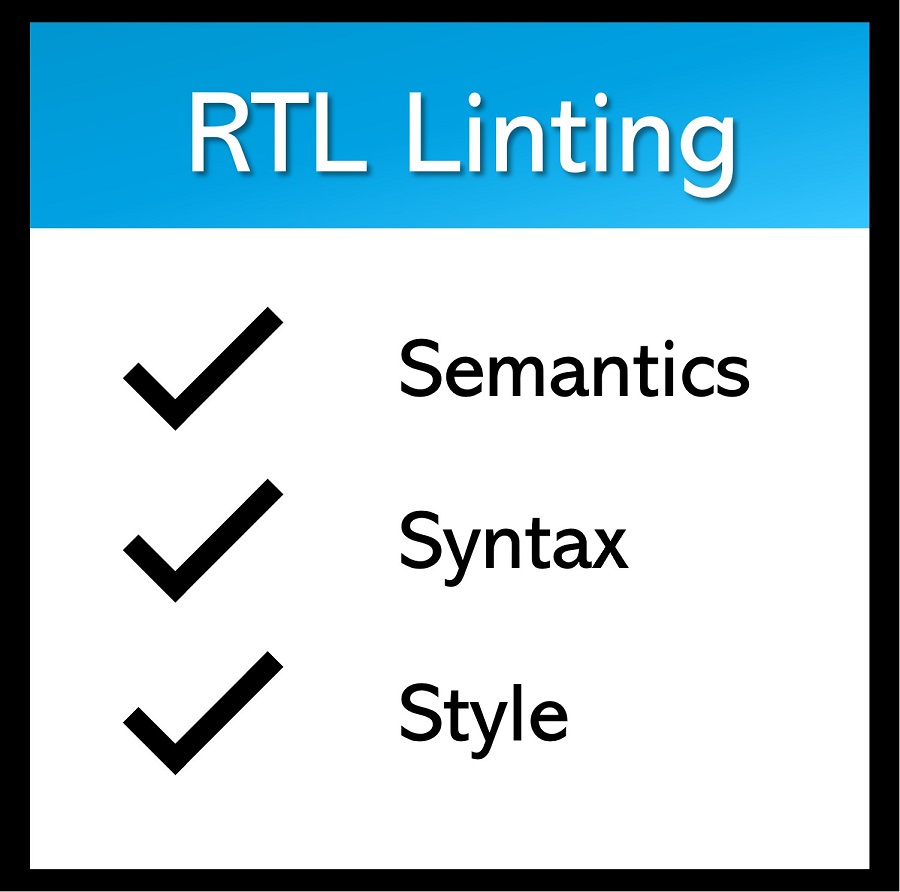RTL Linting Tools — Reviews & Metrics
What is RTL Linting?
RTL linting is the process of signing off on RTL (register-transfer level) code quality in terms of adherence to specific design coding rules — such as with syntax, semantics, and style — that may affect the code readability as well as the functionality and performance of the digital circuit.
It helps to improve the efficiency and reliability of the digital circuit by ensuring that the RTL code is clean, well-structured, and conforms to industry standards and best practices. It is considered a best practice to lint RTL code early and often in the development process, as addressing design issues early on can save time and effort later on.

There are two primary approaches: structural linting and formal linting. Where structural linting uses automated structural analysis, formal linting uses formal verification technologies to check for functional bugs associated with sequential control logic.
Linting sign-off involves identifying and fixing any linting issues early on in the development process. The process begins before simulation and is run after when there are design changes until final sign-off is achieved.
Product Reviews
Below are user reviews for RTL linting sign-off tools, including multiple reviews with comparative benchmarks. The dates are based on the year the reviews were published.
The products discussed include Real Intent Ascent Lint & Ascent AutoFormal, Synopsys VC Spyglass Lint, Mentor, and Blue Pearl Analyze RTL.
Tool Review Metrics
The primary metrics that the system and semiconductor verification engineers referenced when reviewing the RTL linting tools are listed below.
Metrics covered:
- Rule set robustness
- Rule configuration & editing
- Tool runtime
- Tool capacity
- Analysis — inferring designer intent
- Violation report noise level
- Ease of debug
- Waiver portability
